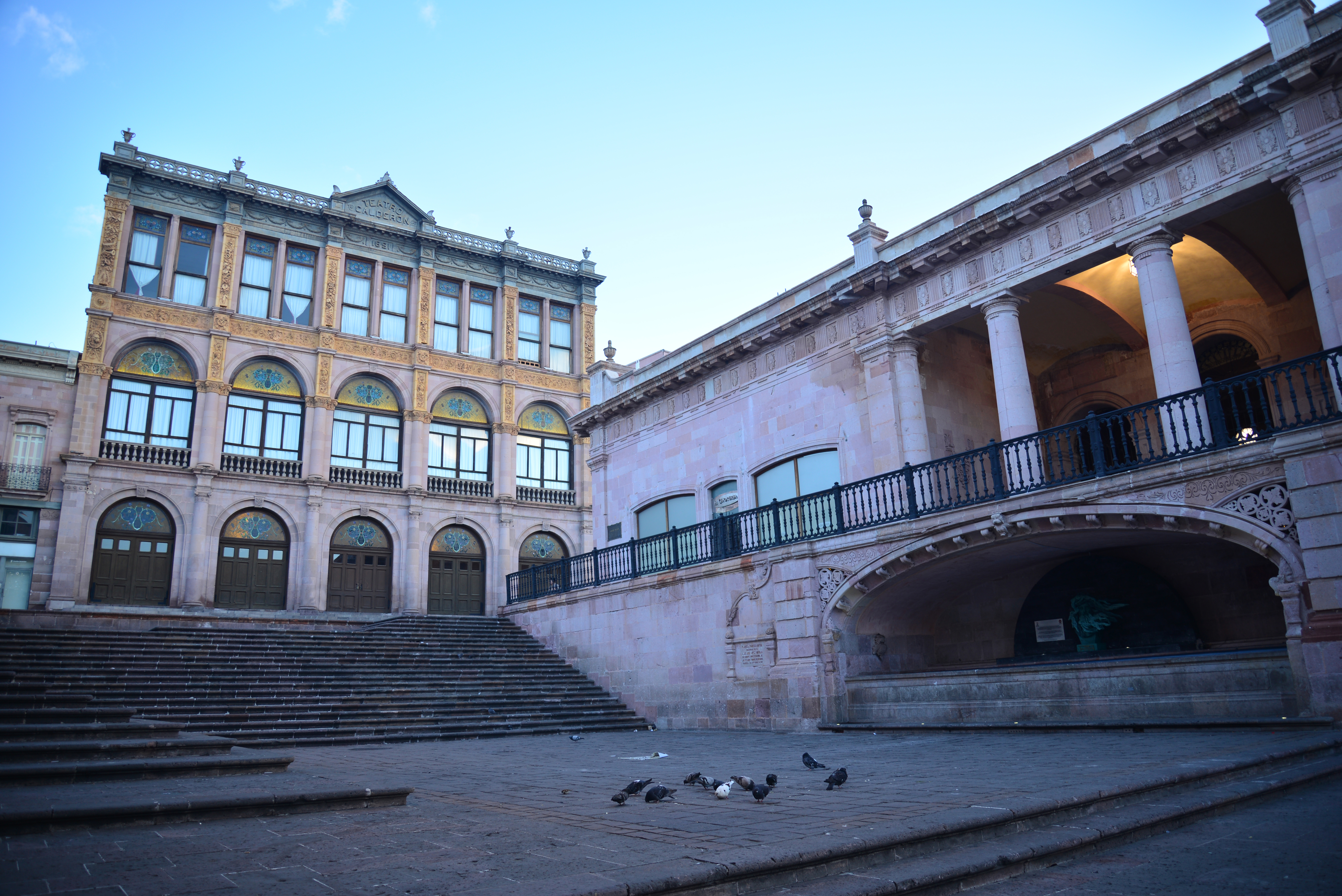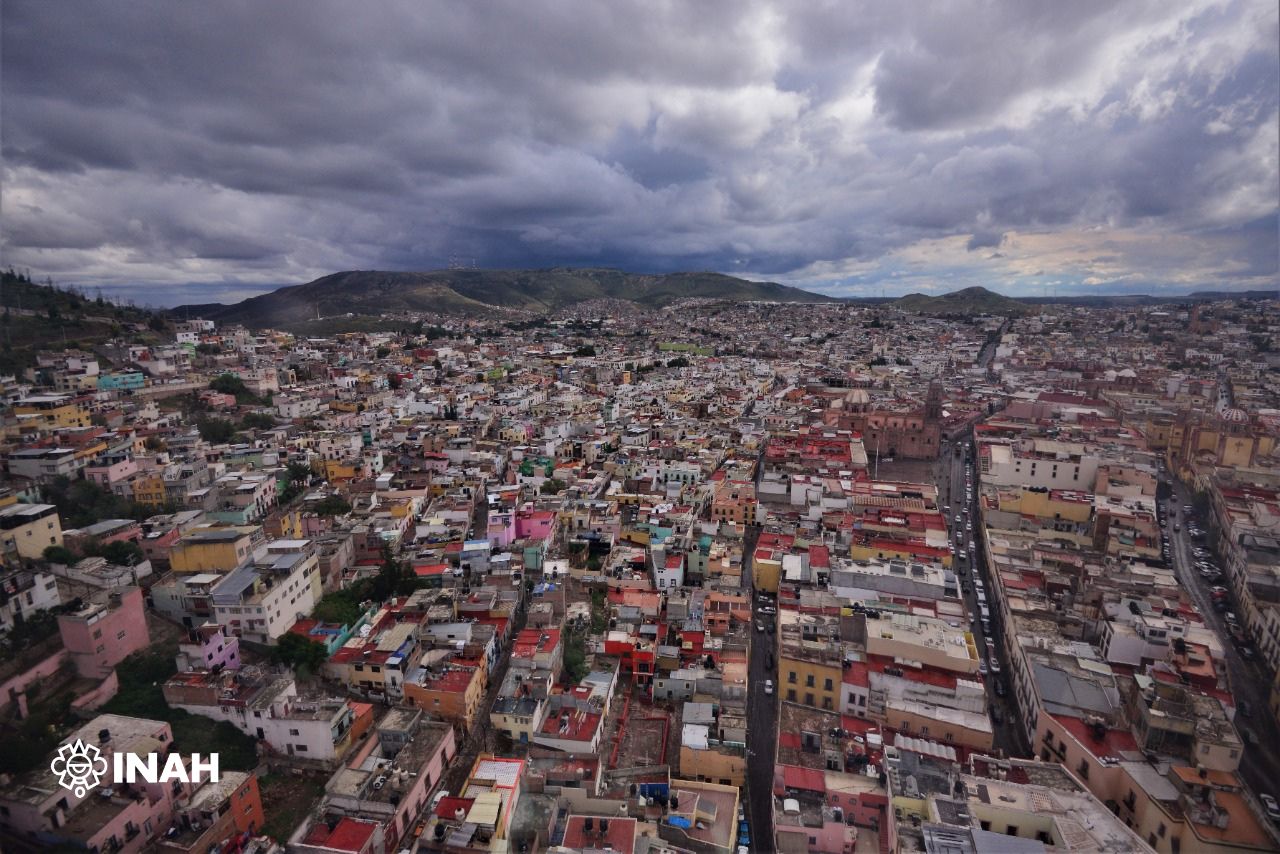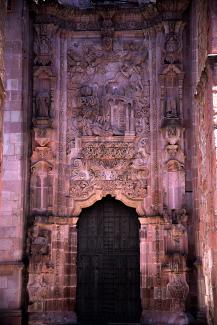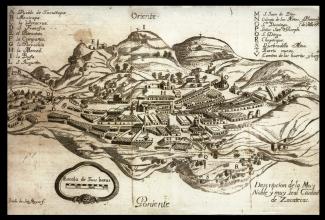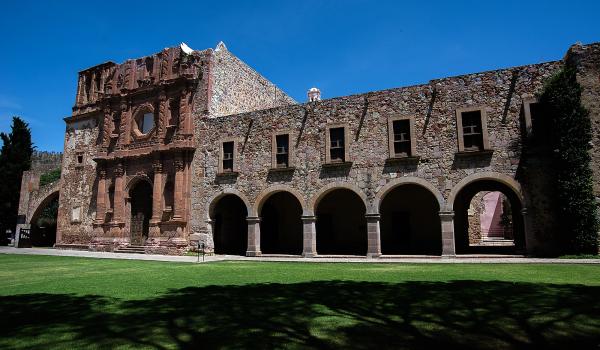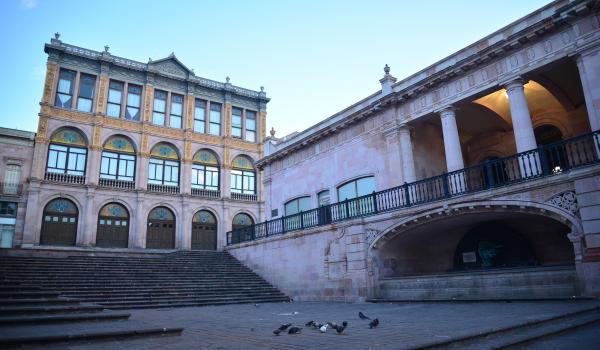Centro histórico de la ciudad de Zacatecas
Route element
Centro histórico de la ciudad de Zacatecas
Patrimonio mundial
After the initial explorations, the Spaniards found in the territory of present-day Zacatecas large expanses of open grasslands with high forage value, crucial for maintaining livestock herds.
The importance of the area increased during the second half of the 16th century due to the mining boom that led to numerous expeditions into the vast and inhospitable territories known as Tierra Adentro, culminating in the establishment of the realms of New Vizcaya and New Mexico.
Zacatecas was founded in 1546 and played a crucial role in the settlement process of northern New Spain. During the second half of the 16th century, it contributed to the development of a road network that connected this mining hub with the main towns of the realms of New Galicia and New Spain.
Once mining exploitation began in Zacatecas, the need to transport large quantities of extracted silver to Mexico City required the construction of a road, which would be called El Camino de La Plata, and it served as the direct predecessor of the Royal Inland Road.
The town of Our Lady of Zacatecas gained prominence due to its wealth, prompting King Philip II to grant it city status in 1585, thus acquiring an importance comparable only to the cities of Mexico City and Puebla.
The wealth attained by the founders of Zacatecas allowed them to expand their influence into the inhospitable lands of the north, where subsequently minerals such as those found in Sombrerete, Chalchihuites, Nieves, Avino, and in 1546, silver deposits in the Cerro de la Bufa were discovered, a place later known as Veta Grande.
After a difficult period in the first half of the 17th century when mining production declined, causing many residents to migrate to other mining regions like Parral, the situation improved. By 1707, Franciscan missionaries established the Apostolic College of Propaganda Fide in Zacatecas, allowing the Spanish monarchy to consolidate territories near the English colonies.
The architectural constructions of Zacatecas city reflect the enormous wealth from its mines, with the cathedral being the clearest example of this prosperity. Another notable religious building is the Santo Domingo temple, constructed by the Jesuits between 1746 and 1749, later occupied by the Dominicans after their expulsion.

